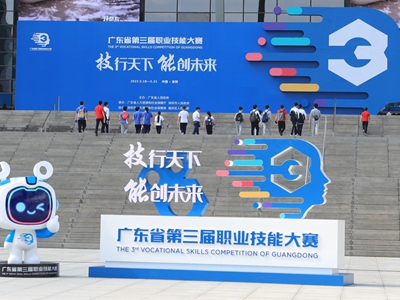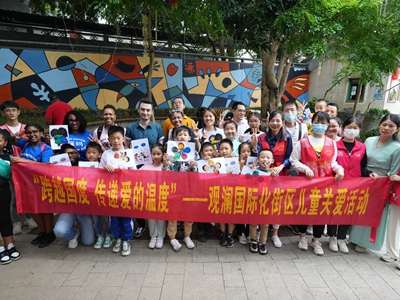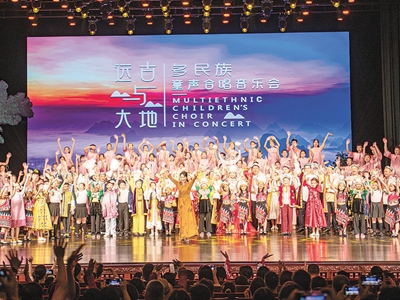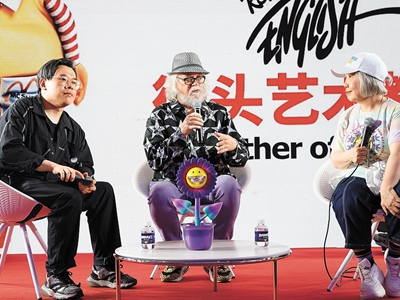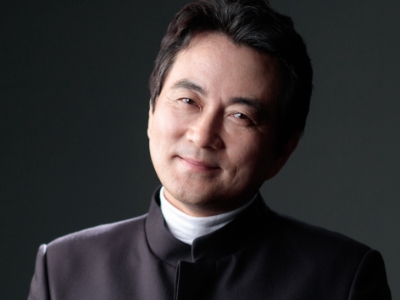Huande China EU Future City, a pilot project for partnership
Writer: Chen Xiaochun
Email of the writer: 654789759@qq.com
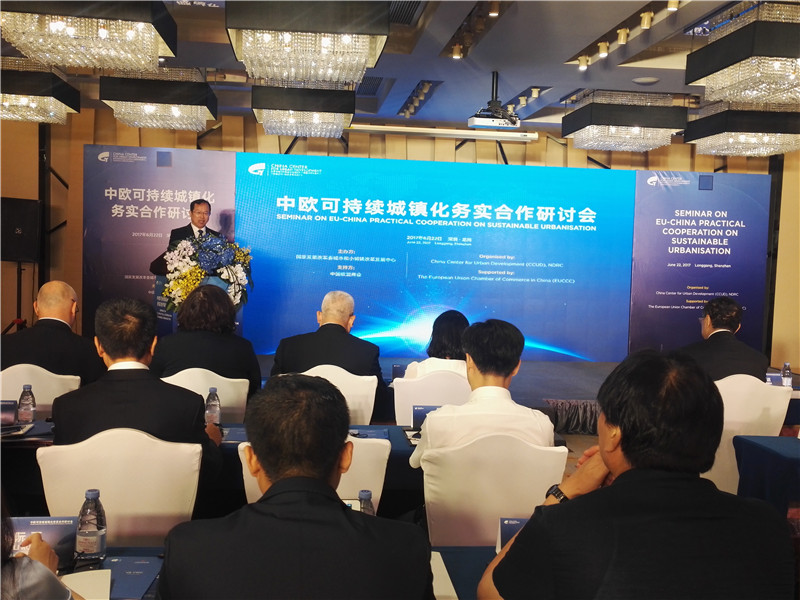
Shen Chi, deputy director general of the China Center for Urban Development under the National Development and Reform Commission, delivers a speech at the seminar. Photos by Chen Xiaochun.
A SEMINAR on the EU-China Practical Cooperation on Sustainable Urbanization was held Thursday in Longgang District.
The seminar, organized by the China Center for Urban Development, the National Development and Reform Commission and supported by the European Union Chamber of Commerce in China, centered on the pilot project, Huande China EU Future City (HD CEFC), aiming to further discuss how to better cooperate with the EU on sustainable urbanization in a practical way.
“Five years ago, Premier Li Keqiang signed the Joint Declaration on the China-EU Partnership on Urbanization with Jose Manuel Barroso, the then president of the European Commission, at the first EU-China Urbanization Partnership High-level Conference, marking the official establishment of the EU-China partnership on urbanization,” said Shen Chi, deputy director general of the China Center for Urban Development under the National Development and Reform Commission.
Shen said that now there are over 400 pairs of sister cities between China and the EU, 12 of which were matched under the framework of the China-EU Partnership on Urbanization. HD CEFC is one of the four areas where the EU-China Partnership on Urbanization is being demonstrated.
The 4.6-square-kilometer HD CEFC, a pilot project initiated by the EU-China Partnership on Urbanization and one of the six key development areas in Longgang, will settle in the 53-square-kilometer Shenzhen International Low-carbon City.
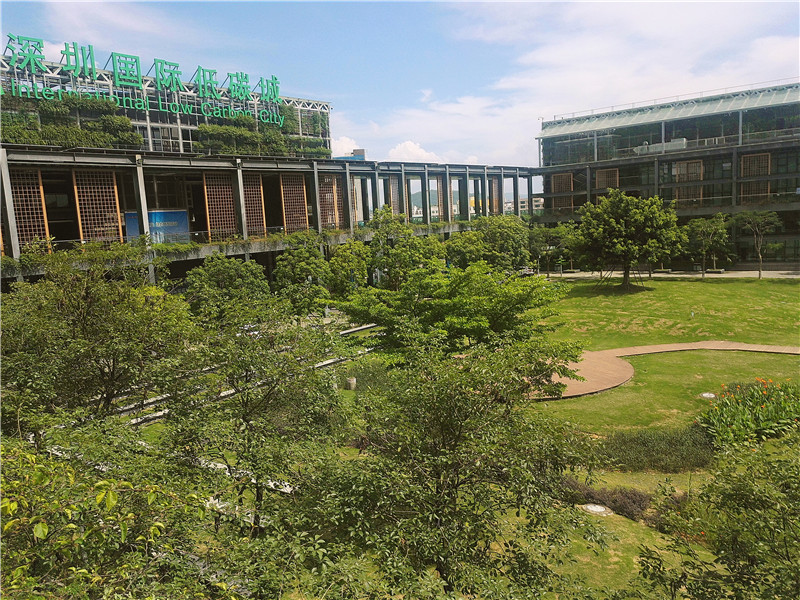
Shenzhen International Low Carbon City.
In May 2012 at the first EU-China Urbanization Partnership Forum, the project Shenzhen International Low-carbon City was recommended by the Netherlands as a flagship project for the EU-China cooperation on sustainable urbanization.
In November 2013 at the second EU-China Urbanization Partnership Forum, Xu Qin, Shenzhen’s former mayor, signed a letter of intent to cooperate on urban projects with Amsterdam, for instance, to jointly build Shenzhen International Low-carbon City as a demonstration of their cooperation.
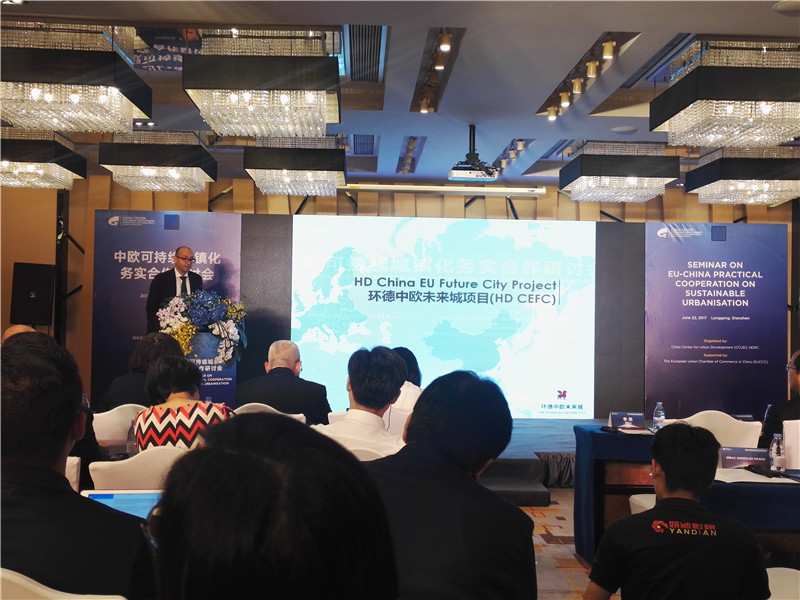
Pasqualino Tomassi, chief architect of Huande China EU Future City, gives an introduction to the project.
The chief architect of HD CEFC, Pasqualino Tomassi, said that the project consists of four zones, namely the Sustainable Urbanization Park, Life Science Park, 4.0 Business and Production Center and Production Base.
“We are having discussions with over 200 companies, including more than 90 companies with which we are engaged in real practical talks, on how to develop in China. In these 90 companies we have over 20 technology leaders that have signed with us and decided to come here,” said Michael Amouyal of TEP Partners, which is helping HD CEFC introduce European technology companies.
Amouyal added that the 20 companies that have decided to come could represent over 2 billion yuan (US$293 million) in sales within five years, bringing value to China and especially to Longgang.
Li Tie, chairman and chief economist of the China Center for Urban Development, the National Development and Reform Commission, expressed his wishes that the pilot project of HD China EU Future City could be a successful template for future projects and a good foundation for future China-EU collaboration under the Belt and Road Initiative.

